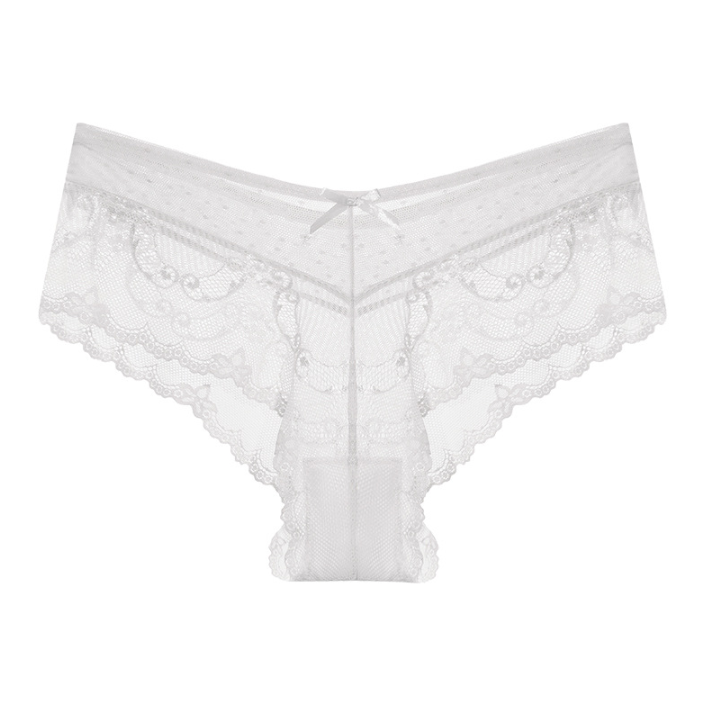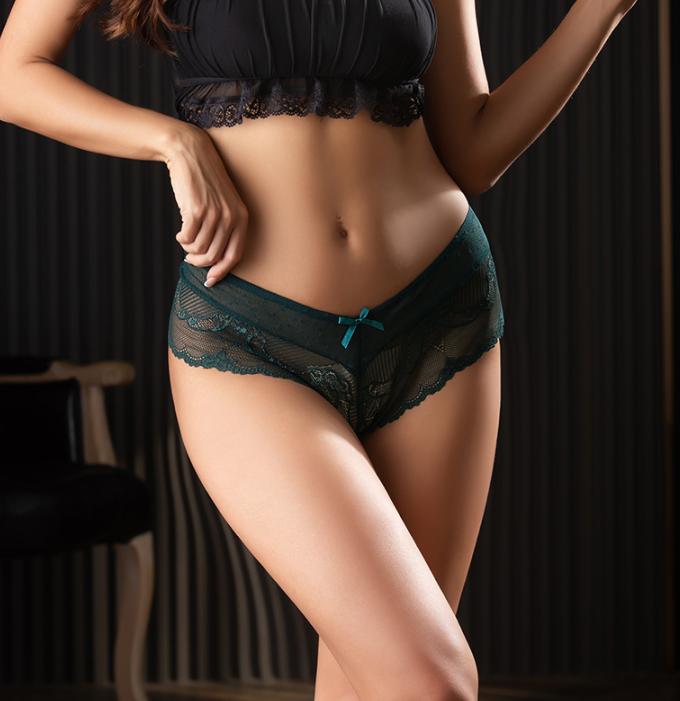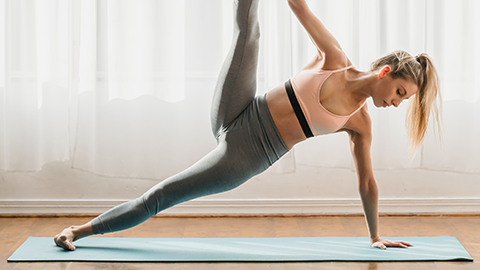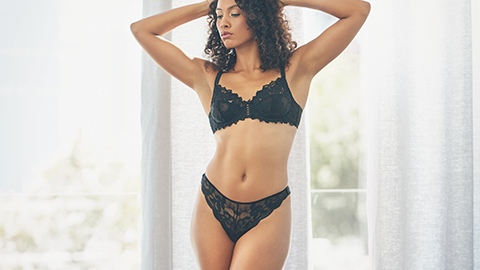Panties, those intimate garments worn closest to the skin, have a rich and diverse history that spans millennia. From their humble beginnings in ancient civilizations to the modern innovations of today, panties have evolved alongside societal norms and fashion trends.
Introduction
1.1 Ancient Origins: Foundations of Intimate Wear
In ancient civilizations, such as Egypt and Greece, loincloths and simple cloth wrappings served as the earliest forms of undergarments. These rudimentary garments provided minimal coverage and were primarily practical in nature. Over time, as civilizations advanced, the concept of modesty became more pronounced, leading to the development of more structured undergarments.
1.2 Middle Ages to Victorian Era: Shifting Styles and Materials
During the Middle Ages, undergarments evolved into more complex garments, with women wearing chemises and petticoats for added modesty and warmth. However, it wasn’t until the Victorian Era that the modern concept of panties began to emerge. Women’s undergarments became more tailored and elaborate, often constructed from linen or cotton and adorned with lace and embroidery.
1.3 20th Century Revolution: Innovation in Fabrics and Design
The 20th century brought about significant changes in the world of panties. The introduction of synthetic fabrics, such as nylon and polyester, revolutionized underwear manufacturing, offering durability and stretch. This era also saw the rise of iconic panty styles, including the bikini brief, thong, and boyshorts, catering to diverse preferences and body types.
1.4 Contemporary Trends: Embracing Diversity and Innovation
In the contemporary era, panties have become more than just functional undergarments; they are fashion statements in their own right. Brands like JSPEED have embraced diversity, offering an array of styles, cuts, and sizes to cater to every body shape and personal preference. From seamless designs for everyday comfort to lace-trimmed styles for special occasions, the options are endless.
Choosing the Right Panties: A Comprehensive Guide
2.1 Introduction:
Selecting the right panties is essential for comfort, confidence, and overall well-being. With the myriad of options available, it can be overwhelming to find the perfect pair. However, with a few key considerations, anyone can find panties that suit their body and lifestyle.
2.2 Understanding Your Body:
Body type plays a crucial role in panty selection. Different styles, such as briefs, bikinis, thongs, and boyshorts, complement different body shapes. Understanding one’s body and preferences is the first step towards finding the ideal pair.
2.3 Fabric Matters:
The choice of fabric can greatly impact comfort and durability. Natural fibers like cotton are breathable and gentle on the skin, making them ideal for everyday wear. Synthetic materials like nylon and spandex offer stretch and support, perfect for workouts or form-fitting clothing.
2.4 Occasion-Based Selection:
Consider the occasion when choosing panties. Seamless designs are perfect for tight-fitting clothing, while lace-trimmed styles add a touch of elegance to special occasions. Sports-specific panties provide moisture-wicking properties and support during workouts.
2.5 Maintenance Tips:
Proper care ensures the longevity of panties. Washing in cold water and avoiding harsh detergents can help preserve fabrics and colors. Additionally, air-drying panties instead of using a dryer can prevent shrinkage and extend their lifespan.
The Psychology Behind Panties: How Undergarments Affect Confidence and Self-Image
3.1 Introduction:
Clothing has a profound impact on how we perceive ourselves and interact with the world. Undergarments, in particular, play a significant role in shaping our confidence and self-image.
3.2 Historical Perspectives:
Throughout history, undergarments have been symbols of modesty, status, and femininity. From corsets in the Victorian era to the liberated styles of the 1920s, underwear reflects societal norms and ideals of beauty.
3.3 Body Image and Self-Perception:
The choice of underwear can influence how we view our bodies. Ill-fitting or uncomfortable panties may exacerbate insecurities while well-fitting and flattering styles can boost confidence and self-esteem.
3.4 Personal Stories:
Countless individuals have shared anecdotes about the emotional connection they have to their underwear. Whether it’s a favorite pair that brings comfort during difficult times or lingerie that makes them feel empowered, panties hold immense sentimental value for many.

Environmental Impact of Traditional Panties:
4.1 Resource-Intensive Production Processes:
Traditional panty production methods often involve resource-intensive processes, such as the cultivation of conventional cotton, which requires significant amounts of water and pesticides. Moreover, chemical treatments used in fabric dyeing and finishing can have harmful effects on the environment and human health.
4.2 Waste and Pollution:
The textile industry is notorious for generating vast amounts of waste and pollution. From textile waste in production to microfiber pollution in waterways, the environmental impact of traditional panties extends far beyond the manufacturing stage.
Sustainable Alternatives:
5.1 Organic Cotton:
Organic cotton is grown without synthetic pesticides or fertilizers, making it a more environmentally friendly option. By choosing panties made from organic cotton, consumers can reduce their ecological footprint and support sustainable agricultural practices.
5.2 Bamboo Fabric:
Bamboo fabric is derived from the fast-growing bamboo plant, which requires minimal water and no pesticides to thrive. Known for its softness and breathability, bamboo fabric is a popular choice for sustainable panties.
5.3 Recycled Materials:
Panties made from recycled materials, such as post-consumer plastic bottles or textile waste, help divert waste from landfills and reduce the demand for virgin resources. These innovative materials offer a second life to discarded materials and contribute to a circular economy.
Ethical Production Practices:
6.1 Fair Trade and Labor Conditions:
In addition to using eco-friendly materials, ethical production practices are essential for ensuring the sustainability of panties. Brands committed to fair trade principles and stringent labor conditions throughout their supply chains contribute to positive social impact within the fashion industry.
6.2 Certifications:
Look for certifications such as Fair Trade Certified or Global Organic Textile Standard (GOTS), which ensure that panties are produced ethically and sustainably. These certifications provide transparency and accountability in the supply chain, allowing consumers to make informed choices.
6.3 Brands Leading the Way: JSPEED
JSPEED is one of the pioneering brands leading the way in sustainable lingerie. Committed to eco-friendly practices, JSPEED offers a range of panties made from organic cotton, bamboo fabric, and recycled materials. By choosing JSPEED panties, consumers can align their values with their purchasing decisions and support sustainable fashion.
Consumer Tips:
7.1 Invest in Quality:
Opt for high-quality panties that are designed to last. Investing in durable materials and well-constructed garments reduces the need for frequent replacements, minimizing waste and environmental impact.
7.2 Choose Timeless Styles:
Select timeless styles that transcend trends and seasons. Classic cuts and neutral colors ensure versatility and longevity, allowing you to enjoy your panties for years to come.
7.3 Care for Your Panties:
Proper care and maintenance prolong the lifespan of panties. Follow care instructions, wash with eco-friendly detergents, and air dry whenever possible to preserve fabrics and colors.

Conclusion
Panties are more than just garments; they are symbols of self-expression, comfort, and confidence. From their ancient origins to the modern innovations of today, panties continue to evolve alongside societal norms and individual preferences. By understanding the history, selecting the right pair, and recognizing their psychological impact, individuals can embrace the power of panties to enhance their sense of self and style.




